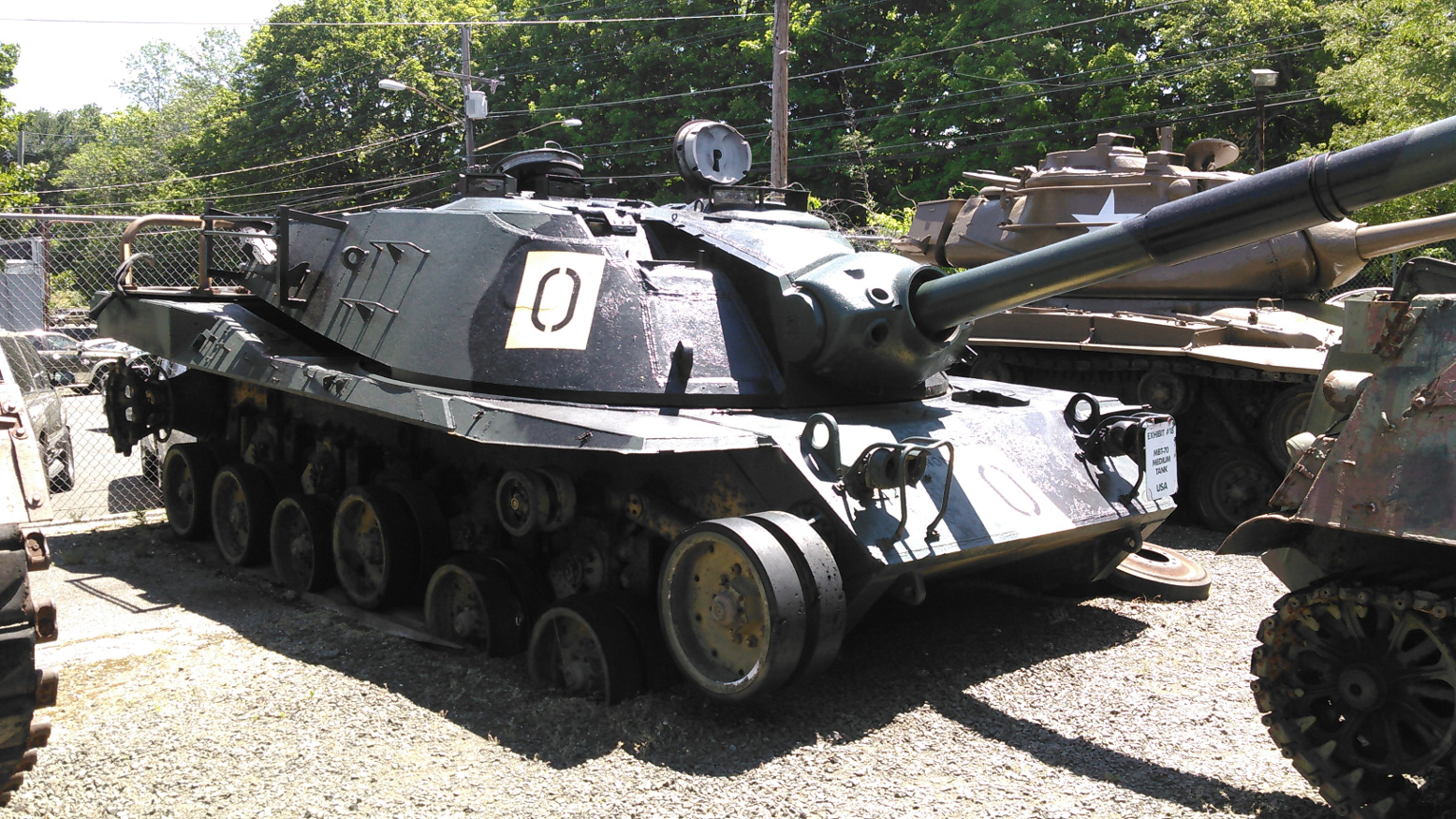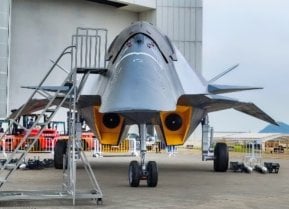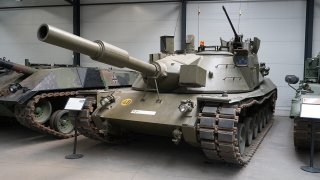Why the MBT-70 Super Tank Project Explained in 4 Words
The MBT-70 was a joint tank project initiated in 1963 by the United States and West Germany to develop a next-generation main battle tank. Aimed at addressing the vulnerabilities of existing tanks like the Leopard 1 and the M60, the MBT-70 featured advanced technologies such as a 152mm auto-loading main gun capable of firing both conventional rounds and Shillelagh anti-tank missiles.
It Was Going to Fail: The MBT-70 was a joint tank project initiated in 1963 by the United States and West Germany to develop a next-generation main battle tank. Aimed at addressing the vulnerabilities of existing tanks like the Leopard 1 and the M60, the MBT-70 featured advanced technologies such as a 152mm auto-loading main gun capable of firing both conventional rounds and Shillelagh anti-tank missiles.

-It also boasted an innovative suspension system that allowed the tank to adjust its silhouette for different combat scenarios.
-However, the project faced numerous challenges, including disagreements over design elements like the gun and engine, issues with caseless ammunition that led to safety concerns, and the tank's excessive weight, which made it unsuitable for European bridges and rail transport.
-These problems led to escalating costs and delays, ultimately causing both countries to abandon the project. The experience paved the way for the development of the Leopard 2 and the M1 Abrams tanks.
MBT-70: The Ambitious U.S.–German Tank Project That Never Took Off
It was a good idea. Take two countries who were adept at designing tanks – the Americans and the West Germans and build a super tank.
They could learn from armored vulnerabilities in the 1973 Yom Kippur War, where tanks were destroyed by anti-tank missiles and start to build a joint U.S – West German tank from scratch.
Meet the MBT-70
That was the idea, at least. The resulting tank called the MBT-70 would have long-range firepower and a newfangled suspension that improved gunnery and targeting – all enviable characteristics.
But the technology proved costly, testing took too long to get it in service, it was too heavy, and the ammunition was sub-par. The MBT-70 never made it to serial production. Here is the tanks short history from idea to flop.
Existing Main Battle Tanks Had Problems
The West Germans and Americans wanted better protection and survivability to improve on what were the main battle tanks of the era – the Leopard One and the M60.
These tanks had vulnerabilities, and this could have been catastrophic had there been armored maneuver combat against the Soviets in Europe.
Can’t We All Get Along?
Designers got to work on what would become the MBT-70 in 1963. It didn’t go well at first. Both the West Germans and the Americans didn’t have a consensus on armored tactics in the first place.
They resented each other’s plans for the tank’s gun and engines and the teams made different designs for both. They couldn’t agree on whether to use the metric system and communication wasn’t the best.
Try New Armor
But both sets of engineers did agree that the armor should be made of “steel-layered tungsten alloy…with uniformed rolled steel armor” for the interior protective shell. The idea was to protect against 105mm shells used by the Soviets at the time.
This would give the crew confidence they would be protected against Soviet tanks and anti-armor missiles.
The Suspension Was a Selling Point
The resulting tank had a suspension system that was ahead of the game. It could lower the silhouette to make it a more difficult target. Then the tank could be raised when it came time to haul quickly on roads or flat terrain.
This would also allow the turret to fire at a higher elevation for distant targets or for use in cities where the enemy soldiers were fighting from the second or third floor in buildings.
Powerful Gun with Caseless Ammunition and High-speed
That 152mm auto-loading main gun had the range to enable the tank to fire outside the radius of anti-tank missiles. And that 152mm gun could also shoot its own Shillelagh anti-armor missiles. A 20mm anti-aircraft cannon could protect against airplanes and helicopters.
The MBT-70 was also faster than all the Soviet tanks out there. The testers liked its agility and acceleration. It protected against chemical attacks which gave the tankers peace of mind.
Then the Issues Piled Up
The gun had a problem though. It used a new kind of “caseless” round. This was supposed to be lighter – that made sense – but what didn’t help was that the shells did not completely burn through and that left still-burning elements in the barrel – a dangerous result that hindered follow-on firing. When there wasn’t too much heat there was moisture that made the round expand and not fit in the gun.
It Was Just Too Heavy and Expensive
The designers also made a mistake and did not foresee that the tank was too heavy for bridges and rail cars in Europe. This was a fatal flaw that could render the tank unusable in combat.
These problems added to the production time. The tank became over budget and delayed. So, the West Germans and the Americans gave up on the MBT-70 and went on to design the Leopard Two and the M1 Abrams. It was disappointing that the two allies did not play nice on the project. It could have been the language barrier or the disagreement about the metric system that led to communication problems.
The biggest issue was the heavy weight of the armor – that kept it from roaming the training grounds of Germany in preparation for war with the Soviets. Thus, the MBT-70 got scratched.
About the Author: Dr. Brent M. Eastwood
Brent M. Eastwood, PhD, is the author of Humans, Machines, and Data: Future Trends in Warfare. He is an Emerging Threats expert and former U.S. Army Infantry officer. You can follow him on Twitter @BMEastwood.
All images are Creative Commons.


